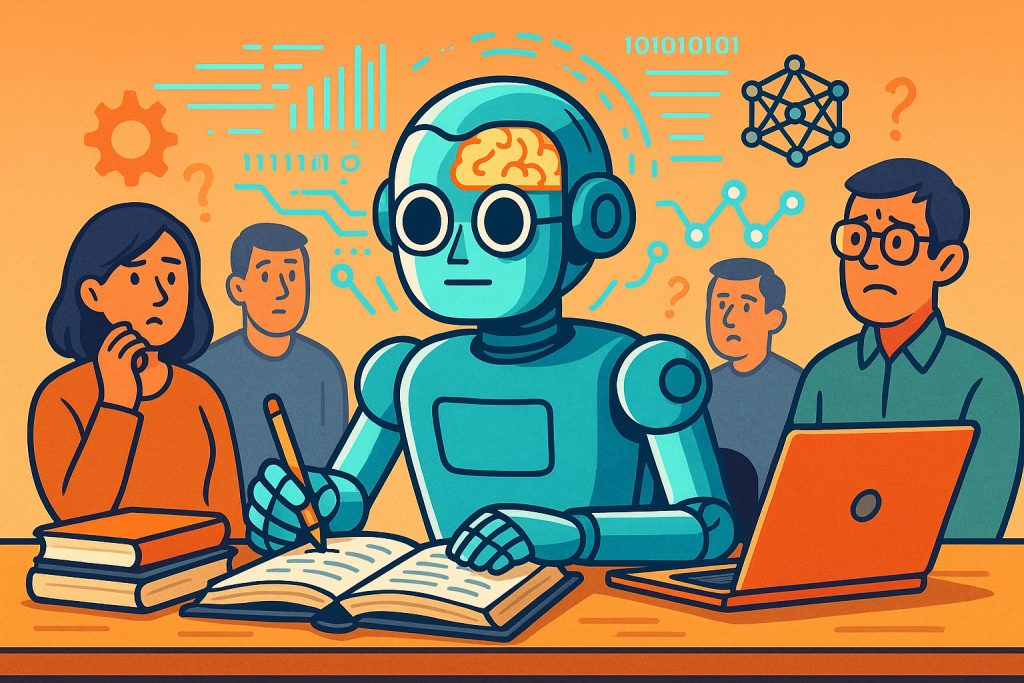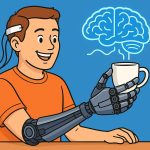Self-learning systems — also known as autonomous learning algorithms — represent one of the most powerful frontiers in artificial intelligence (AI). These systems don’t just follow pre-programmed rules; they improve themselves over time, learning from data, patterns, and even mistakes.
From medical diagnostics to self-driving cars, self-learning AI is already reshaping how we work, travel, and make decisions. But with this power come serious ethical, security, and social risks.
What Are Self-Learning Systems?
Self-learning systems are AI models that continuously improve without human intervention. They use techniques like:
- Machine learning — learning from past data to make better predictions
- Reinforcement learning — learning from trial and error through rewards and penalties
- Neural networks — mimicking the human brain’s structure for deep pattern recognition
These systems can adapt to new environments, optimize performance, and make autonomous decisions in complex settings.
Key Benefits
- Efficiency and Automation
Self-learning AI can automate routine tasks, saving time and reducing human error in industries like finance, logistics, and customer service. - Medical Breakthroughs
Algorithms can analyze massive medical datasets to detect diseases earlier and personalize treatments. - Real-Time Adaptation
In cybersecurity and robotics, self-learning systems respond to evolving threats or conditions without needing reprogramming. - Innovation Acceleration
AI can discover patterns humans miss, speeding up scientific research and product development.
The Threats and Ethical Dilemmas
- Loss of Human Oversight
As systems grow more autonomous, it becomes harder to explain or control their decisions — a risk in high-stakes fields like law enforcement or healthcare. - Bias Amplification
If trained on biased data, AI systems may learn and reinforce discrimination, especially in hiring, policing, and lending. - Security Risks
Self-learning AI can be manipulated through adversarial attacks or exploited in autonomous weapons. - Job Displacement
Widespread automation may lead to unemployment in sectors unprepared for AI integration. - Ethical Gray Zones
Who is responsible if an autonomous car makes a fatal mistake? The developer? The data scientist? The user?
The Way Forward
Self-learning AI holds immense promise, but it requires careful design, regulation, and transparency. Some researchers advocate for:
- “Explainable AI” – making algorithms more interpretable
- AI ethics committees – to review and guide development
- Human-in-the-loop models – combining machine efficiency with human judgment
Ultimately, these systems should augment human decision-making, not replace it.
Glossary
- Self-learning system — an AI that can improve its own performance over time without human reprogramming
- Machine learning — a type of AI where systems learn patterns from data
- Bias — unfair preference or distortion in data that can lead to discriminatory outcomes


